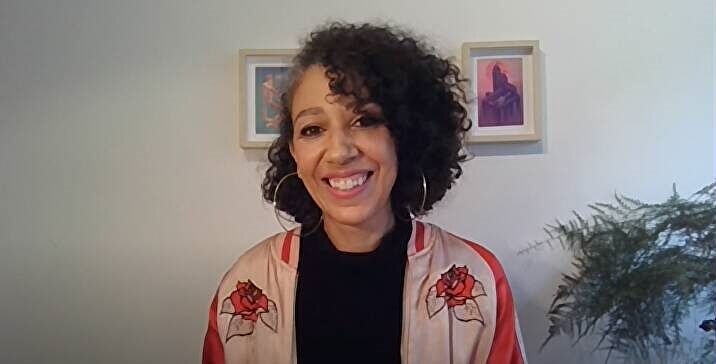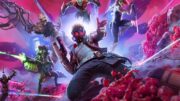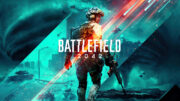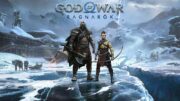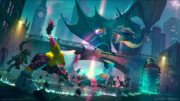Star wars
One of the keynote speakers at our recent GI Academy Live was Chella Ramanan, a writer and narrative designer who has worked on a variety of different projects during her career.
Her rise to prominence as a games writer started with Before I Forget, a narrative exploration title which initially emerged from a game jam and focused on an Indian woman living with early-onset dementia.
These days she is a narrative designer at Ubisoft’s Massive studio, working on the upcoming Avatar: Frontiers of Pandora. That’s on top of her work as a narrative designer on the upcoming narrative game called Wishrush Tales, a more personal project which details the titular immigration of people from the Caribbean into the UK.
In her GI Academy talk, aimed at students and aspiring game devs, Ramanan explored the subtleties of working in narrative, and shared four key elements you should be aware of before kickstarting your career.
What is the difference between a writer and a narrative designer?
Throughout her career, Ramanan has worked as both a writer and a narrative designer. Though these might sound like interchangeable terms, they actually involve very different things.
“As a writer, you are focused on the characters and their journey through the game and the story setting,” Ramanan said.
“It’s not just about writing the dialogue that the characters say – there’s lots of writing you do before you would get near dialogue. We will write everything from character bios to quest design documents – where you outline the plans for quests – and back story for all sorts of elements if you’re working on a world that has lots of lore, like Avatar, or any IP that has canon associated with it then you’ll do lots of writing around that. Primarily, you’re focused on characters and their journey through the world and setting of the game.”
Narrative design, meanwhile, is a more “holistic” view of a story.
“It is focused on the player experience, so the journey of the player and what the player is feeling,” she explained.
“That can be different to what the player character is feeling. That’s something that we learnt and examined in Before I Forget. It’s also about how the story is being told. Which of the toys that you have available to you within the game you are making, which of those are you going to use to design the most compelling story beat? Which gameplay and storytelling elements are you going to employ to ensure that you are always giving the player the most engaging experience?
“The main goal is to ensure that gameplay and story support each other; the game design and pacing, all sorts of elements, work together to ensure that the gameplay supports the settings, themes and character motivations and also that happens in reverse, so the characters and the story are also supporting the goals of the game for the player and for the best player experience.”

Chella Ramanan’s key skills for working in game development
The main focus of Ramanan’s talk was key lessons from her time working as a writer and narrative designer in games, going through the main aspects that anyone entering the industry should be aware of.
-
1. Collaboration is key
In game development – whether it is for an indie or AAA project – you will end up working with a lot of people across a wide array of disciplines. As a result, knowing how to collaborate with others is an essential skill.
“Making games is hard,” Ramanan said. “People say that all the time, but it really is. It takes so many people. Even for a small game like Before I Forget, we pulled in people with different expertise like a composer, an audio designer, a voice actor director, and a 2D artist. We had to pull together a team. It’s like a barn raising; all of these people are working towards this one goal and to do this one really big difficult thing.
“Everyone has to know what their role is and make sure everything is in place at the right time for this thing to be able to get up off the ground and not collapse under its own weight.”
The toxic genius is a narrative that needs to go away and we can celebrate people who are extremely talented but also nice people to work with
This ties into another one of Ramanan’s bits of advice; be a nice person to work with.
“We tend to put problematic people on pedestals in the games industry,” she explained. “The toxic genius is a narrative that needs to go away and we can celebrate people who are extremely talented but also nice people to work with, who support their team instead of making things difficult for them and producing great work.
“If people like working with you, they’ll recommend you to other people and they’ll try to work with you again because you enrich the team and the environment and don’t cause undue stress or difficulties. Part of being a nice person isn’t just being a smiley face or something; it’s about un
